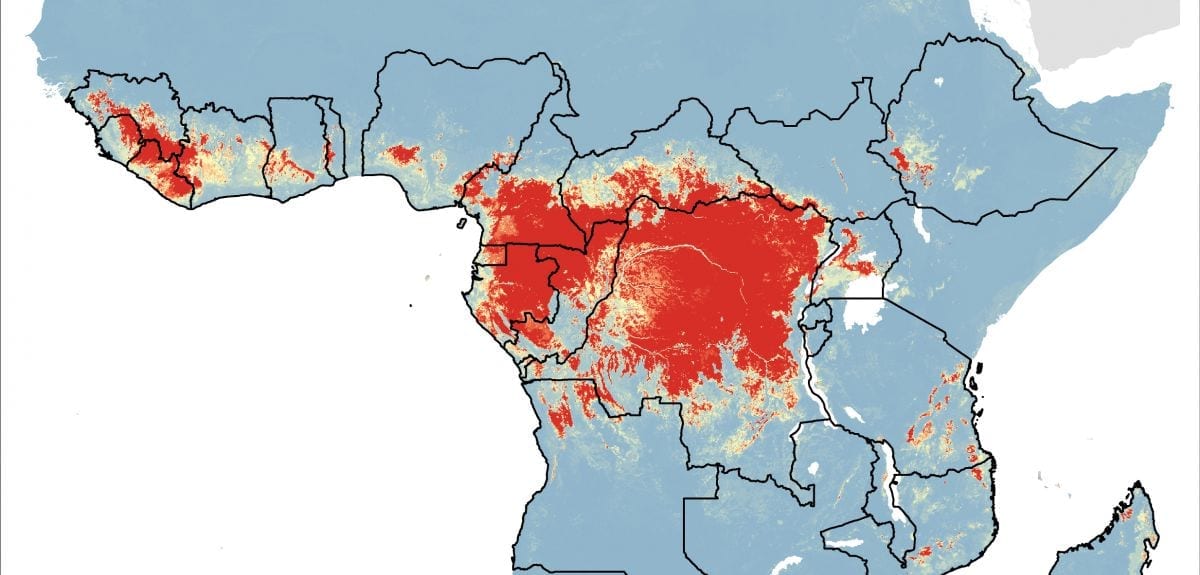
Venice’s response to the plague an “example of resilience management,” say experts
The way in which the Italian city of Venice dealt with the outbreak of the plague in the fourteenth century holds lessons on how to even mitigate the consequences of today’s emerging threats, like climate change, terrorism and highly infectious or drug-resistant diseases. So says Dr. Igor Linkov of the US Army Engineer Research and Development Center, and a visiting professor of the Ca Foscari University in Italy. Linkov led an article on resilience management appearing in Springer’s journal Environment Systems and Decisions.
Venice was the hub of many trade routes into central Europe, and in 1347 became the epicenter of a plague epidemic. While Venetians initially attempted to mitigate what they believed to be the threat—God, vampires, etc.—by enacting traditional risk management like prayer and rituals, they eventually began to utilize what we would now call resilience management.
Instead of trying to target a poorly understood risk, state authorities focused on managing physical movement, social interactions, and data collection for the city as a system.
The Latest on: Resilience management
[google_news title=”” keyword=”Resilience management” num_posts=”10″ blurb_length=”0″ show_thumb=”left”]
via Google News
The Latest on: Resilience management
- Celebrating Aisha Dennis: Empowering change and resilience in leadershipon April 26, 2024 at 4:56 am
Aisha Dennis stands as a resilient symbol of empowerment, shaping pathways towards equitable outcomes and transformative change.
- Exposure management: How organizations can use it to build cyber resilienceon April 26, 2024 at 3:58 am
As cyber threats continue to evolve, security teams are constantly challenged with the task of fortifying their organization's defenses against a myriad of potential vulnerabilities. In this SC ...
- PennyMac Financial: Strong Q1 Performance and Strategic Resilience Justify Buy Rating Amidst Mortgage Market Challengeson April 26, 2024 at 2:19 am
Analyst Michael Kaye of Wells Fargo assigned a Buy rating on PennyMac Financial (PFSI – Research Report), reducing the price target to ...
- Cyber Resilience in Healthcare: Mitigating Hospital Downtimeon April 25, 2024 at 11:37 am
To maintain uptime after cyberattacks, healthcare organizations require robust incident response plans, backup strategies and training such as tabletop exercises, experts say.
- You Have the Strength Within You: How Black Women Entrepreneurs Can Harness Resilience for Tough Timeson April 25, 2024 at 7:38 am
One of the most significant hurdles for Black women founders is access to capital. Despite being the fastest-growing group of entrepreneurs in America, Black women receive less than 1 percent of ...
- India, US spearhead global disaster resilience efforts through Coalition for Disaster Resilient Infrastructureon April 25, 2024 at 2:16 am
Formed by India in 2019, CDRI is a unique global climate initiative that brings together governments, multilateral agencies, the private sector, and academic institutions to strengthen the climate ...
- AI Operations Cloud boosts resilience against myriad business threatson April 24, 2024 at 11:13 pm
In a digital landscape where incidents - whether cyber-related, technical failures, or unforeseen disruptions, are inevitable - PagerDuty’s Operations Cloud has emerged as a versatile tool for ...
- Emergency Management Must Proactively Build Human Resilienceon April 23, 2024 at 9:27 am
However, there is little concrete about what I believe must now be one of the top focuses of emergency management services. That is to proactively prepare people for the social, psychological, and ...
- Emergency Management Must Proactively Build Human Resilienceon April 22, 2024 at 4:59 pm
Some efforts are being made to expand the traditional approach to emergency management to proactively build “community resilience.” But this definition of resilience has primarily meant ...
- Federal funds approved to repair Seacoast storm damage and improve climate resilienceon April 22, 2024 at 7:50 am
President Joe Biden approved the state’s request for funding on Friday, a move announced by the White House that day.
via Bing News










